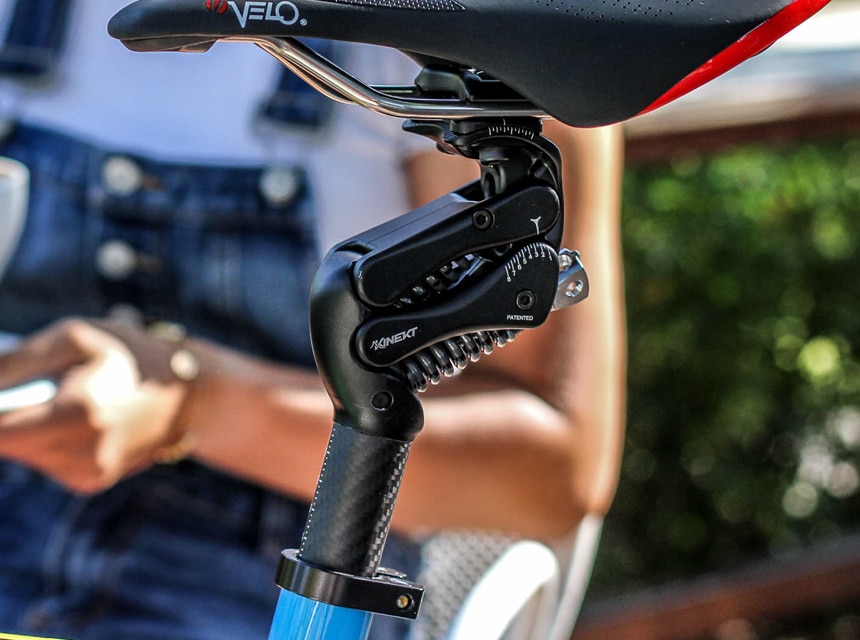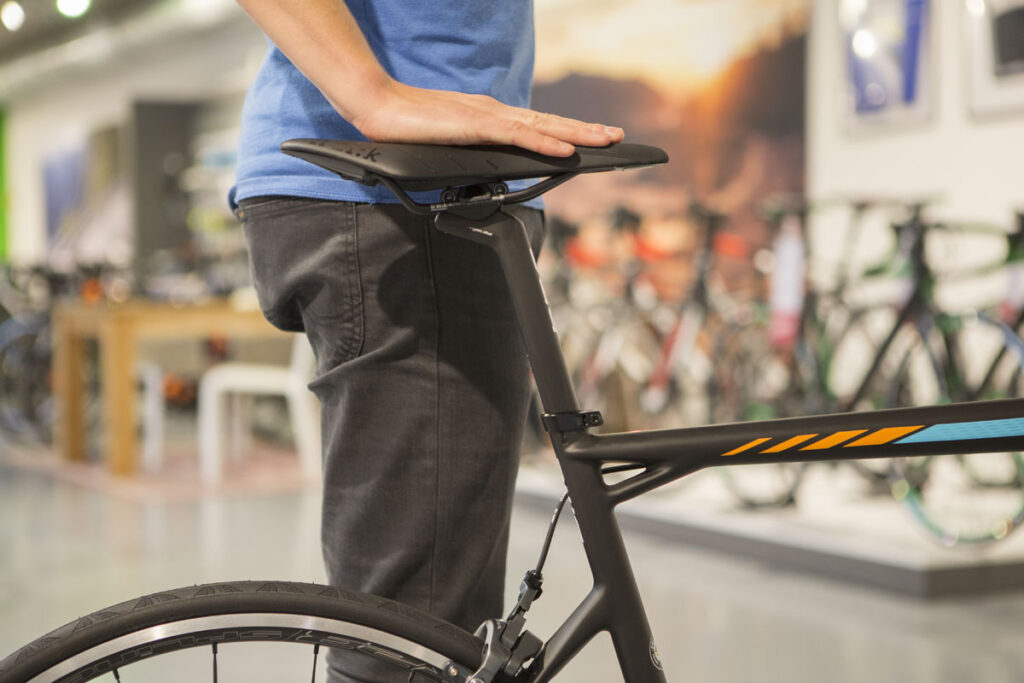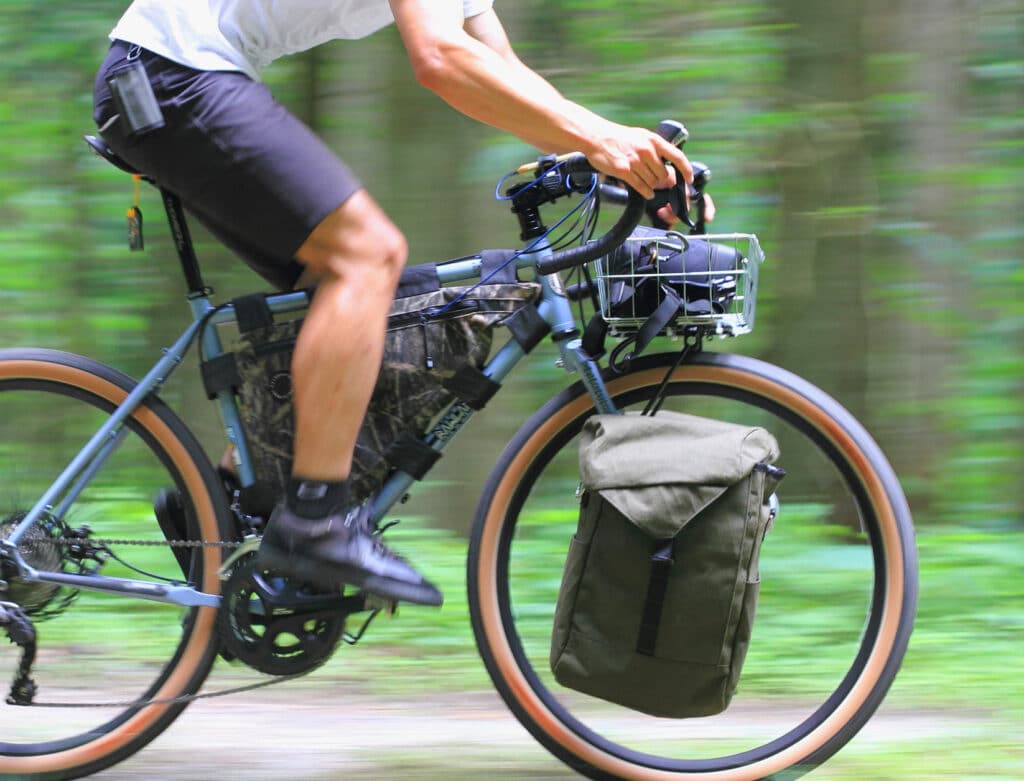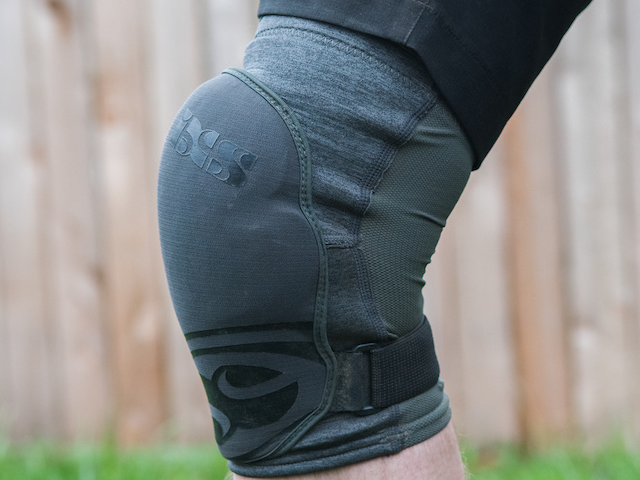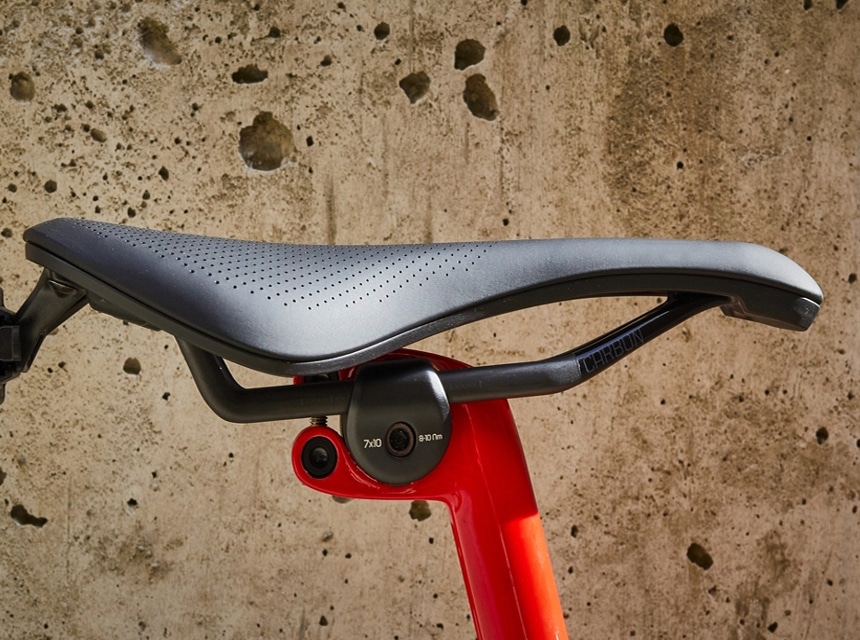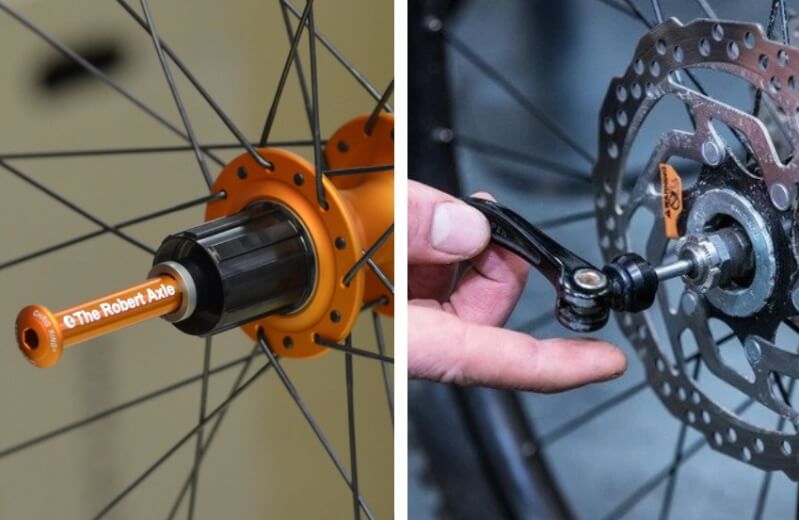- Trails
-
Bikes
-
Gear
-
Tips & Tricks
-
About us


Biking can be very interesting and rejuvenating, and while it’s easy to bask in this pleasurable and heartwarming activity, there are necessary things you have to take note of before you start pedaling. And, one of those things is knowing how to check bike tire pressure. Irrespective of where or when you’re riding, you must pay attention to tire pressure; maybe you please yourself to an easy stroll on a hybrid or cruiser, you’re on your mountain bike hitting singletrack trails, or your road biking. It’s up to you to determine the riding preference and situation you want and the choice you make in properly inflating your tires is what backs up what you choose.
The significance of tire pressure cannot be downplayed. For your safety, while riding, you have to put your road bike tire air pressure into cognizance. Many mishaps could occur when you don’t check your bike’s air pressure, and you might as well make your tires vulnerable to unpleasant compression punctures when you do not check. And as earlier mentioned, you don’t need a gauge all the time to determine the pressure, but you can, of course, make use of an air pressure gauge if you want to get an accurate measurement. There are usually PSI labels on tires, but most times, they tend not to be accurate. Nevertheless, take note that the volume of air pressure your tire will be needing is largely affected by its width. For example, high-quality mountain bikes such as the Schwinn Mesa Adult Mountain Bike tend to need lower pressures than the higher pressures needed by thinner tires of road bikes. To increase your tire’s longevity and improve your riding performance, it’s expedient that you conduct regular checking. Quality bikes with quality tires aren’t much out there on the market these days, but experts have recommended the Huffy Hardtail Mountain Trail Bike for those who seek a responsive and comfortable cycling experience.
When checking your bike’s tire pressure, you have two major options to choose from. That is, you can either choose to get more precise by getting a gauge or oblige to the other plenty of alternative mediums to determine your tire’s pressure.
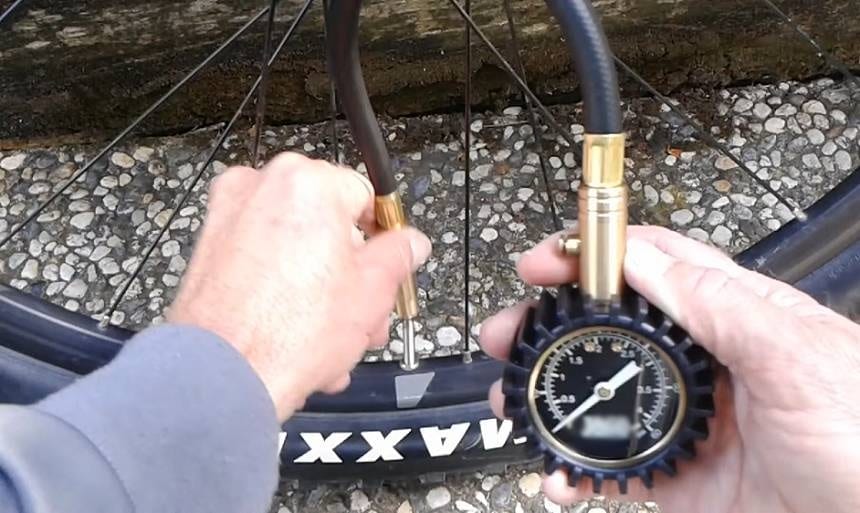
Now, before you proceed to inflate or gauge, you must foremost look for the range because you need to refer to it. And, you can always find this on the side of the tire.
Take note that all kinds of bikes have their range available on their tires.
Once you choose this method, you should know that you have a handful of options to choose from in checking pressure without a gauge. Nevertheless, you should know that these methods cannot offer you a very precise reading, and it’s recommended that you get a tire gauge if you’re a new rider. But, if you’re versed with how your mountain bike tires or any bike you ride should feel and you’re so in sync with your bike as a seasoned rider, this method could work best for you. Don’t get it twisted; it’s not a bad idea to check pressure without a gauge, but you should have it registered in your consciousness that getting a precise measurement with this method isn’t feasible, but you would be very close to the right answer you need.
There’s this connection and in-depth understanding you’ll have with your bike when you start getting more familiar with it and become more adept in riding. With this experience and relationship with your bike Trusted Source Connection to bicycles reinforces connection to self, others and community | Folio Bike lanes contribute to making functional infrastructure for everyone on the road. They are a feasible way of moving a great amount of traffic by using spaces designated for each type: pedestrians, automobiles or cyclists. Yes, the speed has to be slower, but now the flow is continuous because the traffic can be closer. And, high speeds diminish the livability of a city. What are most people nostalgic for? They are nostalgic for that slow-moving lifestyle, when kids could go out and play on their street. High speeds don’t let kids ride bikes. www.ualberta.ca , there’s a great possibility for you to know when your tires need air.
Aside from telling when your tire needs air, you’ll also be able to know when your tires have too much air in them as a seasoned rider. You’re likely to find obstacles somewhat unpleasant and possibly insurmountable when your tire needs inflation.
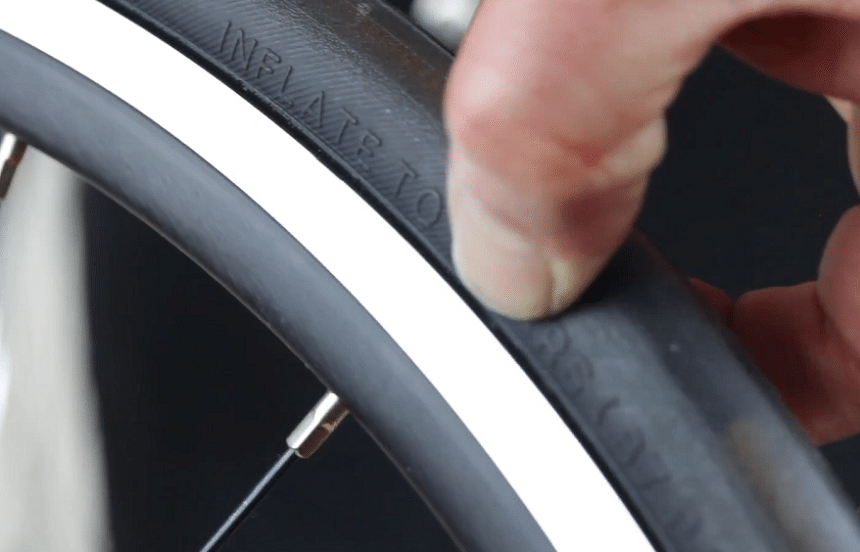
This style was a very common way to check the air pressure back then, and it’s also referred to as pinch check or thumb check. Just as the name suggests, all you have to do is to feel tightness by pinching the sidewalls of the tire. With the response you get, you’ll be able to guess the level of pressure needed.
One thing about this style is that you need another rider who’s riding beside you to tell you how your tires are doing. Because your tires will flatten further down the moment you sit down, it may not be easy for you to check your bike’s tire pressure. But the rider next to you will be able to see the performance of the tires while you’re riding and see the way it’s flattening. This rider can also help you ensure that the tire gets the needed pressure since they have observed the tire’s performance while in action.
As the name suggests, the puddle trick, this checking style may be quite tricky. Some riders believe that with a puddle, you can be aware of your tire’s pressure. It’s believed that if your tires need air, their sidewalls will attract a significant amount of water. However, this process isn’t usually an easy one because you must find a very short puddle, and you must ride very slowly.
Knowing if a bike tire needs air is half the battle; knowing if it’s got the air it needs is very important. Normally, you should know if your bike tires are under-inflated if you ride frequently, but a common problem most riders have is knowing if their tire already has enough air needed. Even with a tire pressure gauge, many still fall victim to putting excess air in their tires. And given how important it is to not over-inflate your tires, there are some methods you can use to be assured that your tires already have enough air needed.
The first method is the test ride. Yes. Giving your bike a test ride is a great way to see if the tires already have enough air and if you’re gauging without a tire gauge, you will find this option necessary.
As a bicyclist, you’re vulnerable to filling your bike tires with excess air on some occasions, regardless of how apt you’re in riding. However, you should know that this act has its consequences. The first one is less rolling resistance. When you overinflate your tire, you may at first enjoy good speed and swiftness when you’re riding on smooth and fast surfaces, but you may end up riding slower, tossed in a different direction, and waste your energy when you hit a minor bump. You can also suffer massive traction loss. Your bike will become less stable, and it will not sustain optimal grip. You’re also susceptible to extra bounce and rebound with excessive air in your tire. Your bike will become overly responsive, stiff, and tight. It will be very easy for it to get tossed around by small bumps, and all these preventable bounces and rebounds may put your safety at risk. Sure, there are lots of quality, durable, and affordable bikes for women and men alike, but your bike tires are likely to get popped or damaged when they’re over-inflated because your tubes and tires will be subjected to the persistent force of the intense air pressure.
Your tires are an integral and worthy component of your bike, and they do have a say on your riding experience because they’re like the mediator between you and the ground. Thus, it’s advised that you constantly check your tire pressure if you ride frequently. Luckily, checking your tire pressure doesn’t come with much hassle. While you have the option of getting more precise by utilizing a tire pressure gauge, there are also ways by which you can check the pressure without using a tire pressure gauge. Plus, this method will come in very handy on days when you don’t have your tire pressure gauge with you. And this article has already exposed you to how to check bike tire pressure regardless of the method you choose.
